Advertisement
Accurate weather forecasts are essential for safety, strategic planning, and saving lives. Analyzing complex atmospheric patterns often challenges human meteorologists, especially under time pressure. Artificial intelligence bridges these gaps in weather forecasting by detecting hidden patterns and processing vast data volumes rapidly. AI-powered models enhance early warning systems and improve forecast precision while supporting real-time monitoring and the development of advanced climate models.
In today’s climate of growing environmental uncertainty, AI-driven weather systems have become increasingly indispensable. These systems generate accurate forecasts and offer deeper insights into weather dynamics, helping professionals develop effective risk management strategies and prevent costly losses. As artificial intelligence continues to evolve, its role in meteorology will reshape global decision-making around weather and climate for the better.
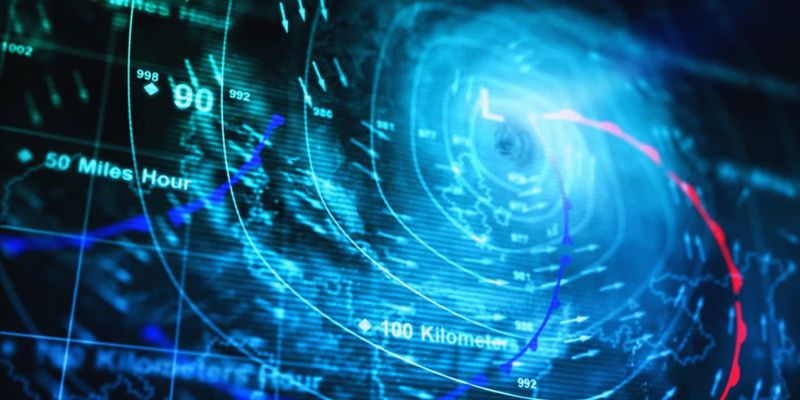
Modern weather forecasting depends on vast satellite, radar, and sensor data. However, achieving real-time precision remains a major challenge for many legacy systems. Artificial intelligence effectively addresses these issues, particularly through deep learning and neural networks. AI models can identify patterns that human experts might overlook and continuously improve by learning from historical data. As a result, forecasts become increasingly precise, even at localized levels, essential for everyday operations in transportation, agriculture, and logistics.
Moreover, AI significantly reduces the time required for data processing, allowing meteorologists to focus on interpretation and strategic forecasting. Faster model updates and AI-generated adjustments enhance short-term forecasts while long-term models become more stable and reliable. AI algorithms can accurately predict humidity, temperature, wind, and rainfall. These advances consistently reinforce human expertise and prove valuable during rapidly changing weather conditions. Overall, artificial intelligence boosts prediction accuracy and strengthens expert-led, meteorology-based decision-making.
AI-enabled real-time weather monitoring enhances preparedness and response capabilities. Traditional weather instruments often process data slowly, which can delay critical insights. In weather prediction, artificial intelligence provides ground stations and satellites with immediate updates—models of machine learning spot early warning signals for heat waves or storms. Emergency teams are then supplied with this information seconds away. Early discovery lets people get ready or flee before a tragedy strikes. AI improves weather-based decision-making for important infrastructure as well. Advanced warnings help airlines, power plants, water systems, and others.
Hospitals and schools also rely on AI-generated updates to enhance safety and planning. AI tools continuously monitor storm trajectory, intensity, and duration. This helps to enable wiser choices that are free from delay. Real-time updates lower property damage and save lives. Correct warnings help build community confidence in forecasts. Artificial intelligence increases human intellect during weather crises and improves public safety.
Smarter Agriculture with Weather-Aware AI:
For farmers, planting and harvesting largely depend on weather conditions. AI-powered weather predictions offer tools that support smarter farming decisions. Artificial intelligence models combine soil data with satellite pictures to forecast temperature variations and rainfall. These realizations enable farmers to decide when to irrigate or harvest. Furthermore, lowering waste and increasing crop production are accurate expectations. Tools driven by artificial intelligence propose the best crops for particular environments. It helps to stop losses brought on by erratic weather.
Farmers receive timely alerts directly on their mobile devices. AI detects disease risks triggered by changing climatic patterns. These warnings enable fast response to guard crops. AI weather apps track early drought or flood hazards. Data like this enhances loss evaluations and insurance claims. Agricultural departments use AI to forecast food supplies depending on future climate. In every sense, artificial intelligence techniques improve agricultural human intelligence. They enable less resources to feed more people.

Disaster Management and Climate Resilience:
Timely and accurate data are essential for disaster response teams’ planning and rescue operations. Advanced AI-driven weather prediction techniques enhance their effectiveness. Models of machine learning examine storm patterns and monitor the path of calamity. These instruments allow rescue crews to stay away from hazardous areas. They also real-time estimate damage zones. By quick mapping, artificial intelligence also assists in post-disaster recovery. AI indicates where to provide relief using drone and satellite photos. It projects hazards from floods, climate change, or heat waves. These instruments enable governments to create better flood barriers.
AI systems assist in planning smarter urban development and climate resilience policies. Long-term climate projections guide infrastructure improvements designed to mitigate damage. AI instruments also spot early warnings of hurricanes, earthquakes, or wildfires. Quick warnings help to lower loss and panic. Climate experts evaluate several possibilities using artificial intelligence algorithms. For greater training, they can replicate upcoming calamities. These clever instruments raise human intellect and help to handle disasters better.
Boosting Aviation and Logistics Planning:
Airlines and shipping companies depend on precise weather projections for effective scheduling. In meteorology, AI helps reduce delays and enhance safety. Accurate weather forecasts guide flight paths, while AI enables rerouting around storm zones, lightning, and turbulence to ensure safer flights. These projections lower expenses and stop fuel waste as well. For route planning, cargo firms apply weather-based decision-making. Systems driven by artificial intelligence monitor air pressure, winds, and storms over continents. They advise ideal travel times that are free from much weather risk. These models also enable ground teams to get ready for snow or rain.
AI contributes to improvements in passenger safety, gate scheduling, and airport operations. In shipping, AI-driven solutions protect cargo from maritime storms. Additionally, AI forecasts supply chain disruptions caused by extreme weather. It lets businesses move goods or inventories more quickly. All things considered, artificial intelligence advances better logistics planning and faster, safer travel. These instruments improve human intelligence in transportation and help to make meteorological data more valuable.
AI in weather forecasting continues to transform our interaction with the environment. It facilitates faster responses, enhanced planning, and more informed decision-making. From aviation to agriculture, these tools offer unparalleled benefits. Professionals can reduce risks, improve safety, and maximize productivity through artificial intelligence. More precise data enables timely and effective responses to natural changes. It enhances human decision-making across all weather-sensitive sectors. This collaboration between AI and human expertise will shape the future of weather prediction. With artificial intelligence, weather-based decision-making shifts from reactive to proactive, resulting in a more prepared and safer world.
Advertisement
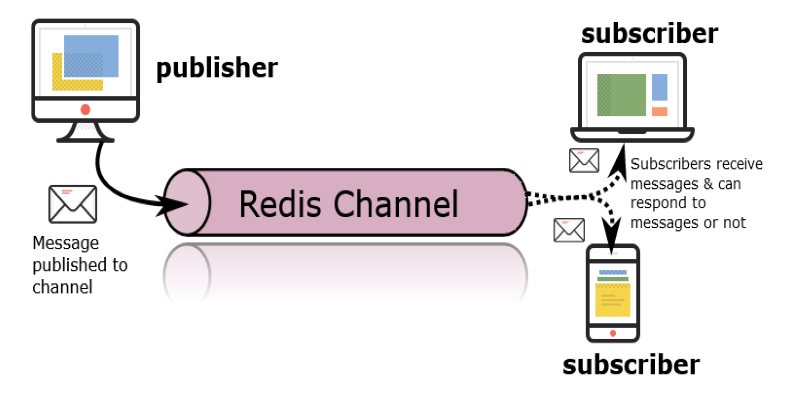
Need instant updates across your app? Learn how Redis Pub/Sub enables real-time messaging with zero setup, no queues, and blazing-fast delivery

Explore the underlying engineering of contextual ASR and how it enables Alexa to understand speech in context, making voice interactions feel more natural and intuitive

Discover AI’s latest surprises, innovations, and big wins transforming industries and everyday life.

Compare Power BI vs Tableau in 2025 to find out which BI tool suits your business better. Explore ease of use, pricing, performance, and visual features in this detailed guide

Discover seven powerful ways AI helps manage uncertainty and improve resilience in today's fast-changing business world.

Explore how AI is transforming drug discovery by speeding up development and improving treatment success rates.

Compare AI, ML, DL, and Generative AI to understand their differences and applications in technology today
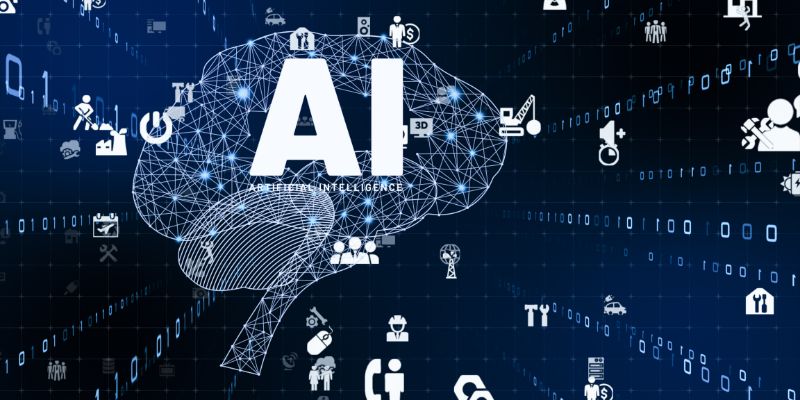
AI tools for solo businesses, best AI tools 2025, AI for small business, one-person business tools, AI productivity tools

Can machines truly think like us? Discover how Artificial General Intelligence aims to go beyond narrow AI to learn, reason, and adapt like a human

LangFlow is a user-friendly interface built on LangChain that lets you create language model applications visually. Reduce development time and test ideas easily with drag-and-drop workflows
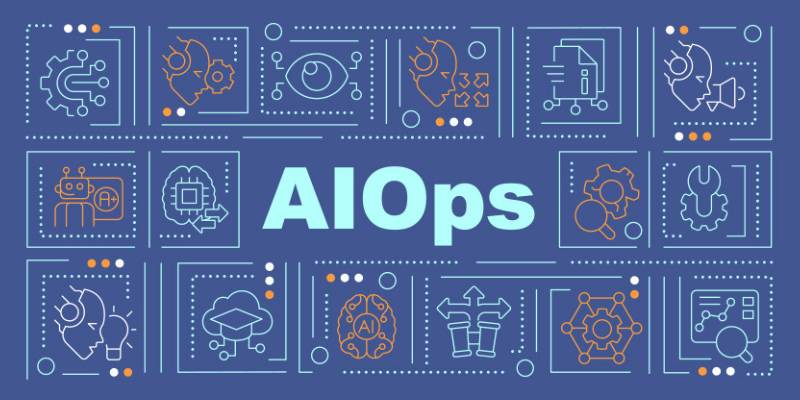
Discover how observability and AIOps transform IT operations with real-time insights, automation, and smart analytics.
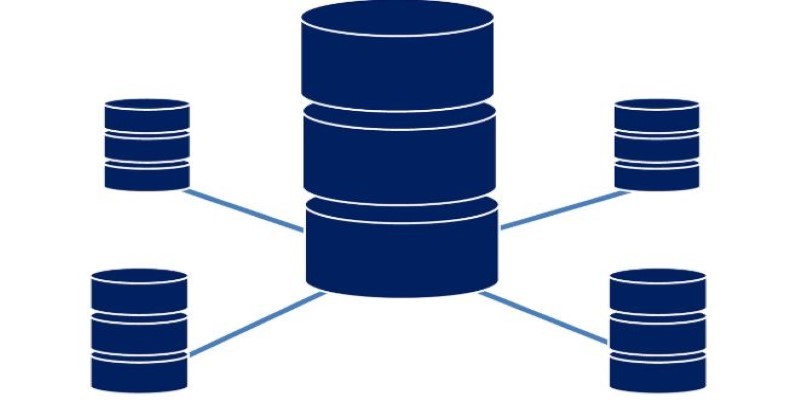
How interacting with remote databases works when using PostgreSQL and DBAPIs. Understand connection setup, query handling, security, and performance best practices for a smooth experience